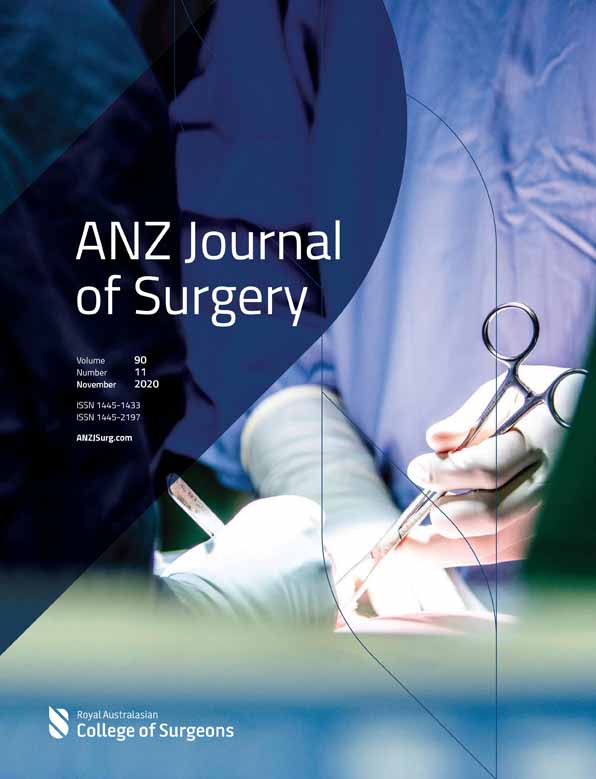Intraoperative indocyanine green fluorescence angiography to prevent anastomotic leak after low anterior resection for rectal cancer: a meta-analysis
Abstract
Background
Anastomotic leakage (AL) is one of the most dreadful complications after rectal cancer surgery. Indocyanine green fluorescence angiography (ICG FA) is now being used to evaluate blood supply at the anastomotic site. The aim of this study is to conduct a meta-analysis of the available literature to evaluate whether ICG FA could prevent AL after low anterior resection (LAR) for rectal cancer.
Methods
Databases including PubMed, Web of Science, Google Scholar databases, Cochrane Library and China National Knowledge Infrastructure were searched to find out potential comparative studies comparing AL rates after LAR between intraoperative use and non-use of ICG FA.
Results
A total of 1499 patients undergoing LAR in six studies were included. Intraoperative use of ICG FA was associated with lower AL rate (odds ratio (OR) 0.30; 95% confidence interval (CI) 0.19–0.49; P < 0.001; I2 = 0%), overall post-operative complication rate (OR 0.46; 95% CI 0.30–0.70; P < 0.001; I2 = 0%) and reoperation rate (OR 0.21; 95% CI 0.06–0.75; P = 0.020; I2 = 0%). The initial transection line was changed in 7.62% (31/407) of patients in the ICG group and 19.35% (6/31) of patients suffered AL. In transection line unchanged patients (376/407), 5.05% (19/376) of patients suffered AL.
Conclusion
Intraoperative use of ICG FA is associated with lower incidence of AL after LAR. The benefit of ICG FA may be that it could identify patients with high risk for AL.
Conflicts of interest
There are no conflicts of interest.




